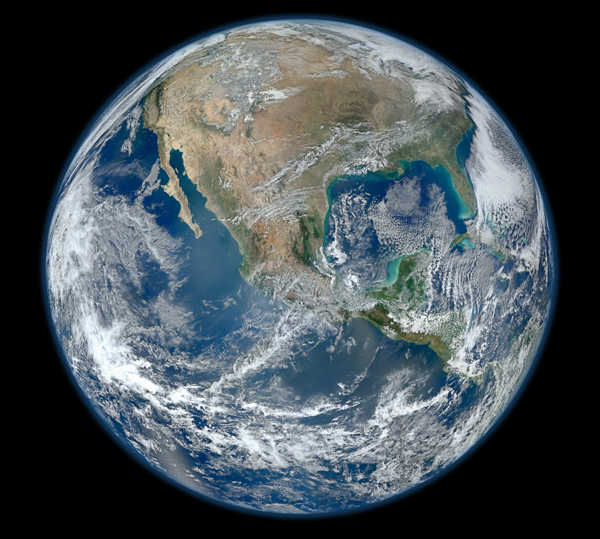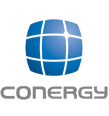Klein- und Mikro-Wasserkraft-Lösungen
Wird kurzfristig überstzt!
1. Basic Knowledge: Hydropower
Small
Small hydro is the development of hydroelectric power on a scale serving a small community or industrial plant. The definition of a small hydro project varies but a generating capacity of up to 10 megawatts (MW) is generally accepted as the upper limit of what can be termed small hydro.
Micro
Micro hydro is a term used for hydroelectric power installations that typically produce up to 100 KW of power. These installations can provide power to an isolated home or small community, or are sometimes connected to electric power networks. There are many of these installations around the world, particularly in developing nations as they can provide an economical source of energy without purchase of fuel.[12] Micro hydro systems complement photovoltaic solar energy systems because in many areas, water flow, and thus available hydro power, is highest in the winter when solar energy is at a minimum.
General: Calculating available power
A simple formula for approximating electric power production at a hydroelectric plant is
P=ρhrgk , where:
| > | P | is Power in watts |
| > | ρ | is the density of water (~1000 kg/m3) |
| > | h | is height in meters |
| > | r | is flow rate in cubic meters per second |
| > | g | is acceleration due to gravity of 9.8 m/s2 |
| > | k | is a coefficient of efficiency ranging from 0 to 1.
Efficiency is often higher (that is, closer to 1) with larger and more modern turbines. |
Annual electric energy production depends on the available water supply. In some installations the water flow rate can vary by a factor of 10:1 over the course of a year.
2. Hydrodynamic Screw solutions:
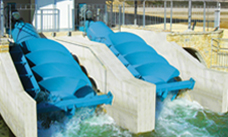 |
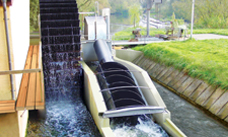 |
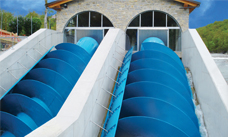 |
Hydrodynamic screws generate energy from water resources by taking advantage of natural water fall (up to 10 m). With hydrodynamic screws, even minimum hydrodynamic potentials at powers starting from 1 kW can be exploited economically.
Functioning of hydrodynamic screws and their advantages
With the help of hydrodynamic screws, even small flowing waters serve as a valuable, renewable source of energy. Hydrodynamic screws transform the energy difference between two different levels of flowing water into mechanical energy, which is applied to the rotor shaft to drive a generator. Thus, by inverting the energy flow in its operation, a screw pump is turned into a power generator.
Hydrodynamic screws reach high efficiencies of up to 92%. Varying water heads and varying water flow rates upstream and downstream of the screw only have a marginal effect on the efficiency and do not affect their functioning and operation. With hydrodynamic screws, even small hydrodynamic potentials at powers from 1 kW (up to 500 kW) can be exploited economically.
The screw and trough can be embedded easily into the natural surroundings, and the technology is very fish-friendly. With hydrodynamic screws, the fine-screening installations for protection against floating objects and fish that are needed for small turbine installations can be omitted. Only a coarse screen needs to be installed, and any objects and fish can pass through the screw unhindered and unharmed. Small hydrodynamic facilities bear immense potential for drawing energy from naturally flowing waters. Another positive aspect is that the water becomes enriched with oxygen, which in turn improves the quality of the water downstream.
Main advantages of hydrodynamic screws at a glance:
- No control system - the screw adapts automatically to water supply and supply frequency
- The efficiency (up to 92%) is higher than with water wheels or small turbines (up to 500 kW)
- A flat and stable efficiency gradient guarantees highest efficiencies at any operating point
- Robust design, hardly any wear, almost maintenance-free
- No fine-screening, no cleaning
- Only a small amount of underground digging required in comparison to small turbines
- Very fish-friendly
Examples of use
- Replacement for small hydro-power units (up to 500 kW) which need reconditioning
- Replacement for defective water wheels Clean water outlet of sewage treatment plants
- Residual water screw for installation in existing channels or weirs
Typical hydrodynamic screw parameters
| Design: | metal screw with 2 to 5 blades; concrete trough, concrete-grouted steel trough, steel trough in cantilever construction or compact system |
| Head: | up to 10 m |
| Water flow: | up to 10 m³/s |
| Output: | up to 500 kW |
| Efficiency: | up to 92% |
3. Micro Turbine solutions:
Tipos de soluciónes de Micro Turbinas
Will be completed soon..!

